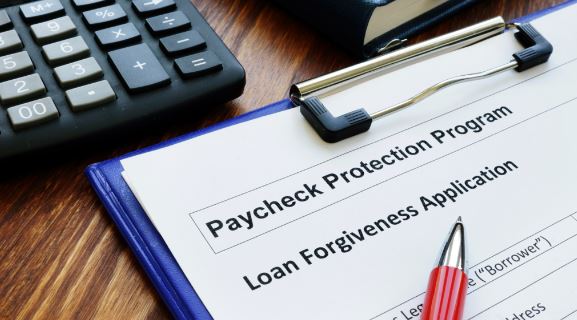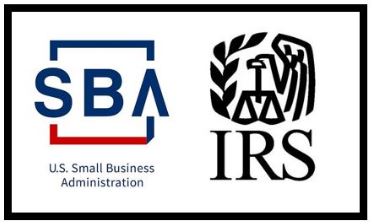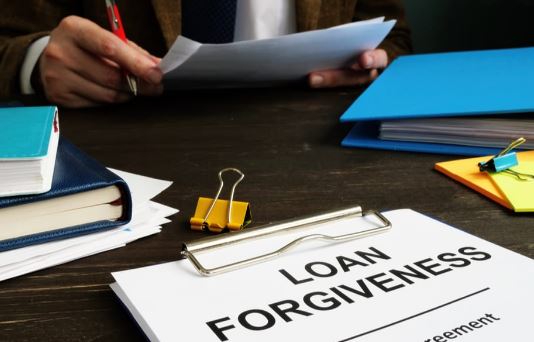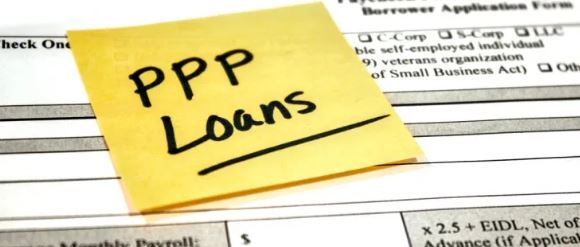PPP Forgiveness for Related Party Rent
 The SBA and Treasury released an interim final rule last week that in part addressed forgiveness of payments of rent paid to relate parties.
The SBA and Treasury released an interim final rule last week that in part addressed forgiveness of payments of rent paid to relate parties.
This rule is first mention in the guidance that related party rent will have limited forgiveness. It effectively limits forgiveness of related party rent to the amount of mortgage interest owed on the property during the Covered Period that is attributable to the space being rented by the business. In the case of an owner that owns the leased property free of debt, there will be no forgiveness.
Here is the full text from the rule:
Eligibility of Certain Nonpayroll Costs for Loan Forgiveness
Question b: Are rent payments to a related party eligible for loan forgiveness?
Yes, as long as (1) the amount of loan forgiveness requested for rent or lease payments to a related party is no more than the amount of mortgage interest owed on the property during the Covered Period that is attributable to the space being rented by the business, and (2) the lease and the mortgage were entered into prior to February 15, 2020.
Any ownership in common between the business and the property owner is a related party for these purposes. The borrower must provide its lender with mortgage interest documentation to substantiate these payments. While rent or lease payments to a related party may be eligible for forgiveness, mortgage interest payments to a related party are not eligible for forgiveness. PPP loans are intended to help businesses cover certain non-payroll obligations that are owed to third parties, not payments to a business’s owner that occur because of how the business is structured. This will maintain equitable treatment between a business owner that holds property in a separate entity and one that holds the property in the same entity as its business operations.



 President Trump signed a bill Saturday re-opening the application window for the Paycheck Protection Program (PPP) until Aug. 8.
President Trump signed a bill Saturday re-opening the application window for the Paycheck Protection Program (PPP) until Aug. 8.
 There have been important updates from the SBA and the IRS this week that we wanted to pass along to you. Here is a summary of each update:
There have been important updates from the SBA and the IRS this week that we wanted to pass along to you. Here is a summary of each update:
 The SBA issued
The SBA issued 